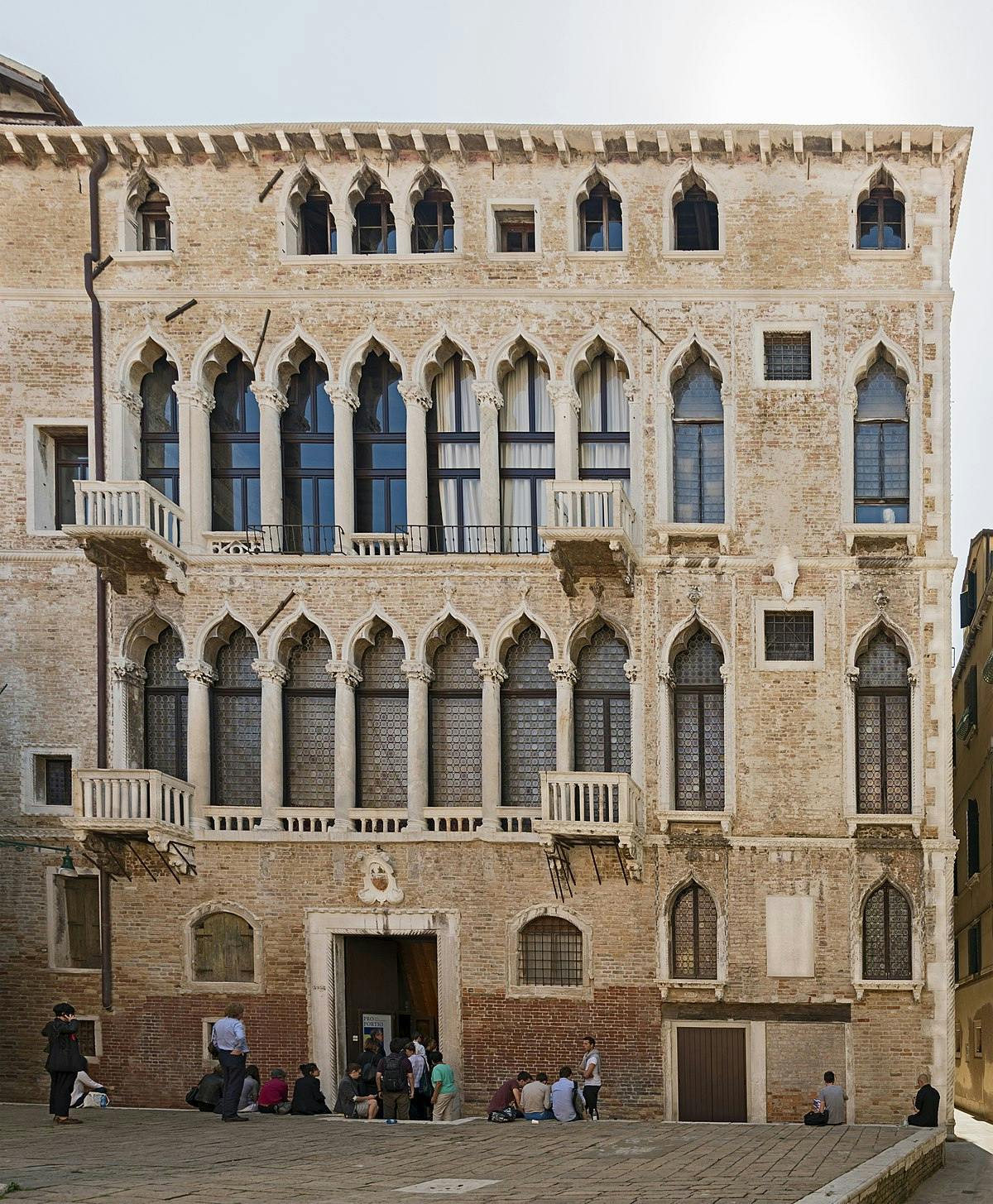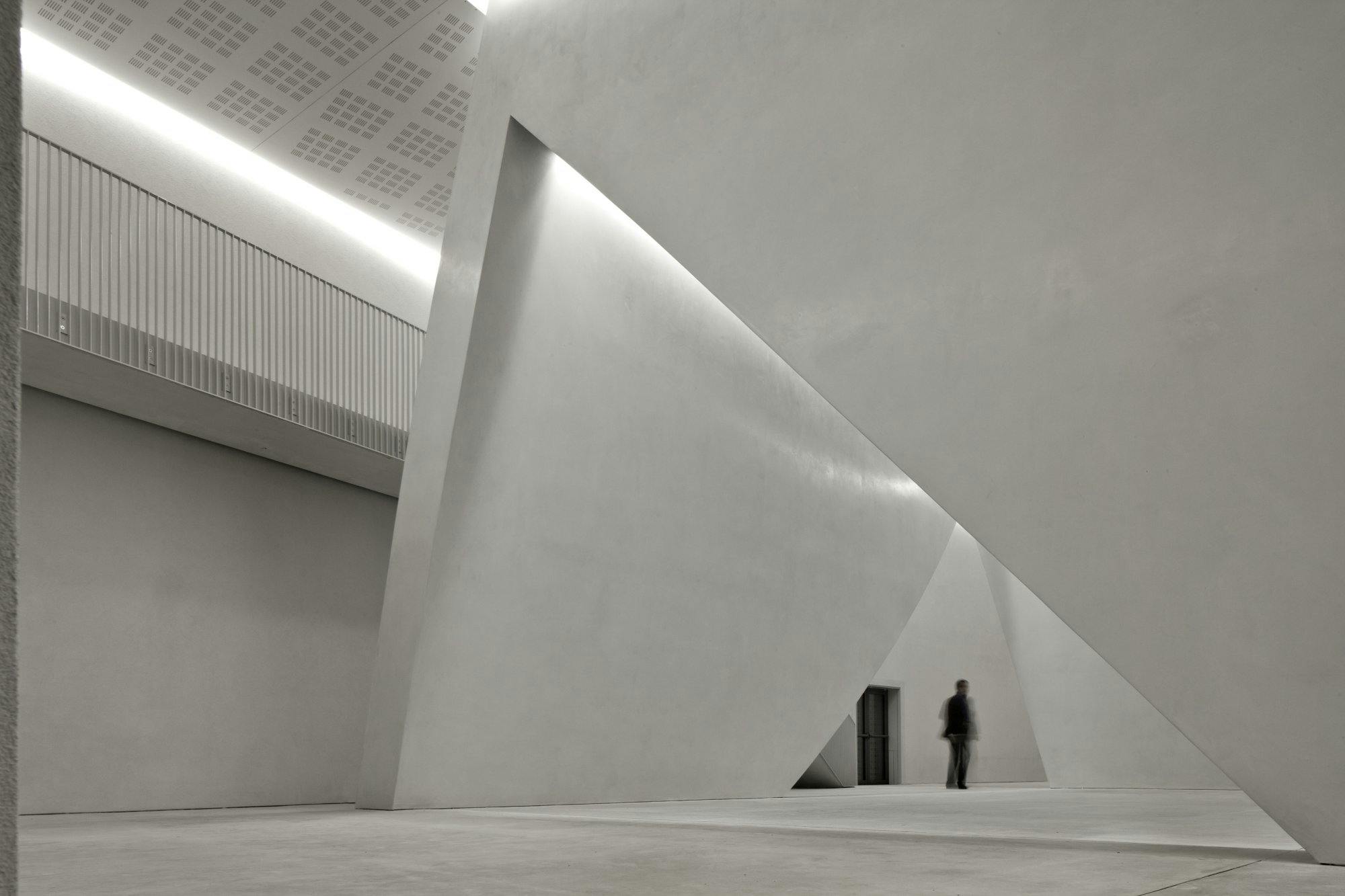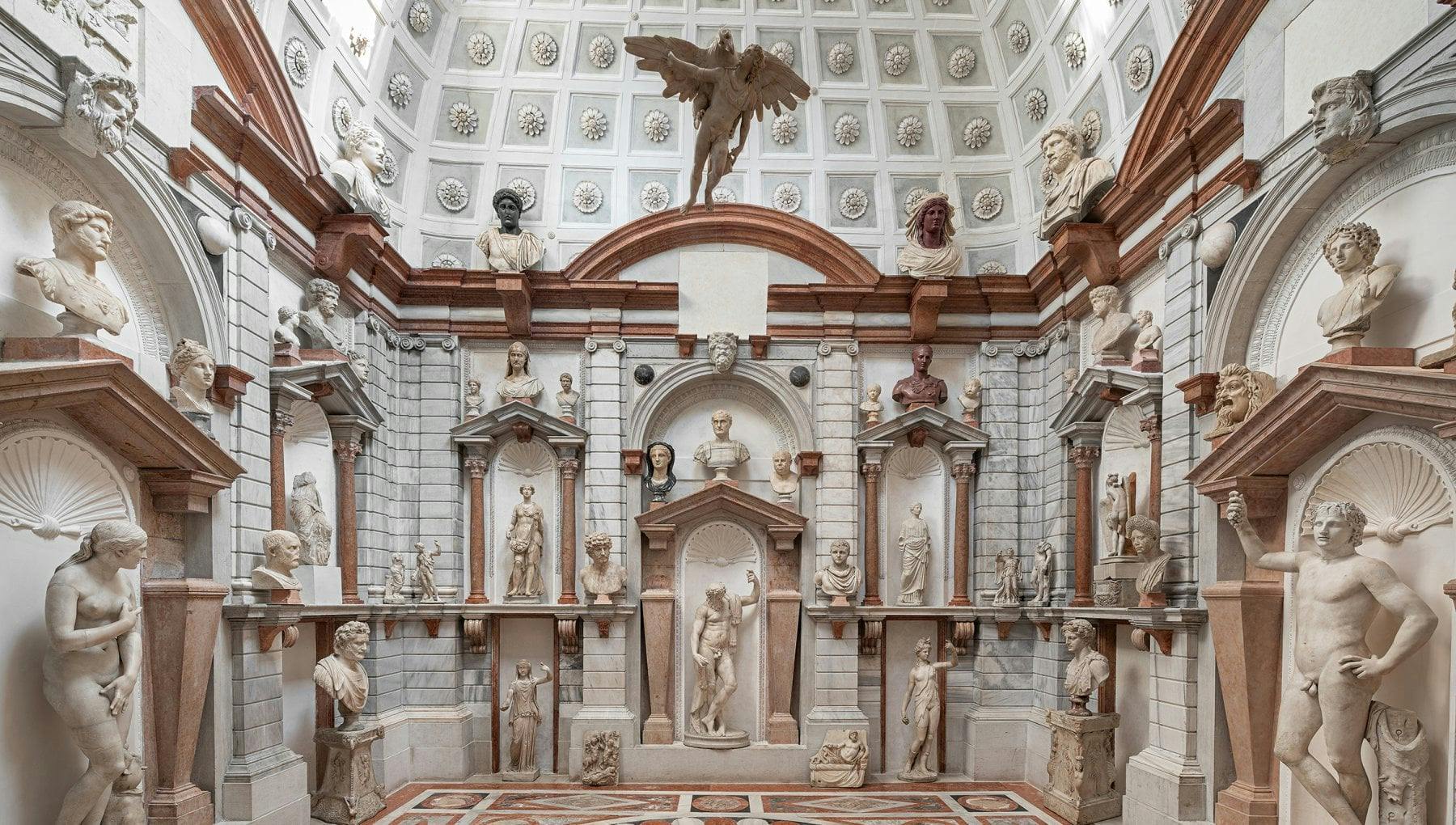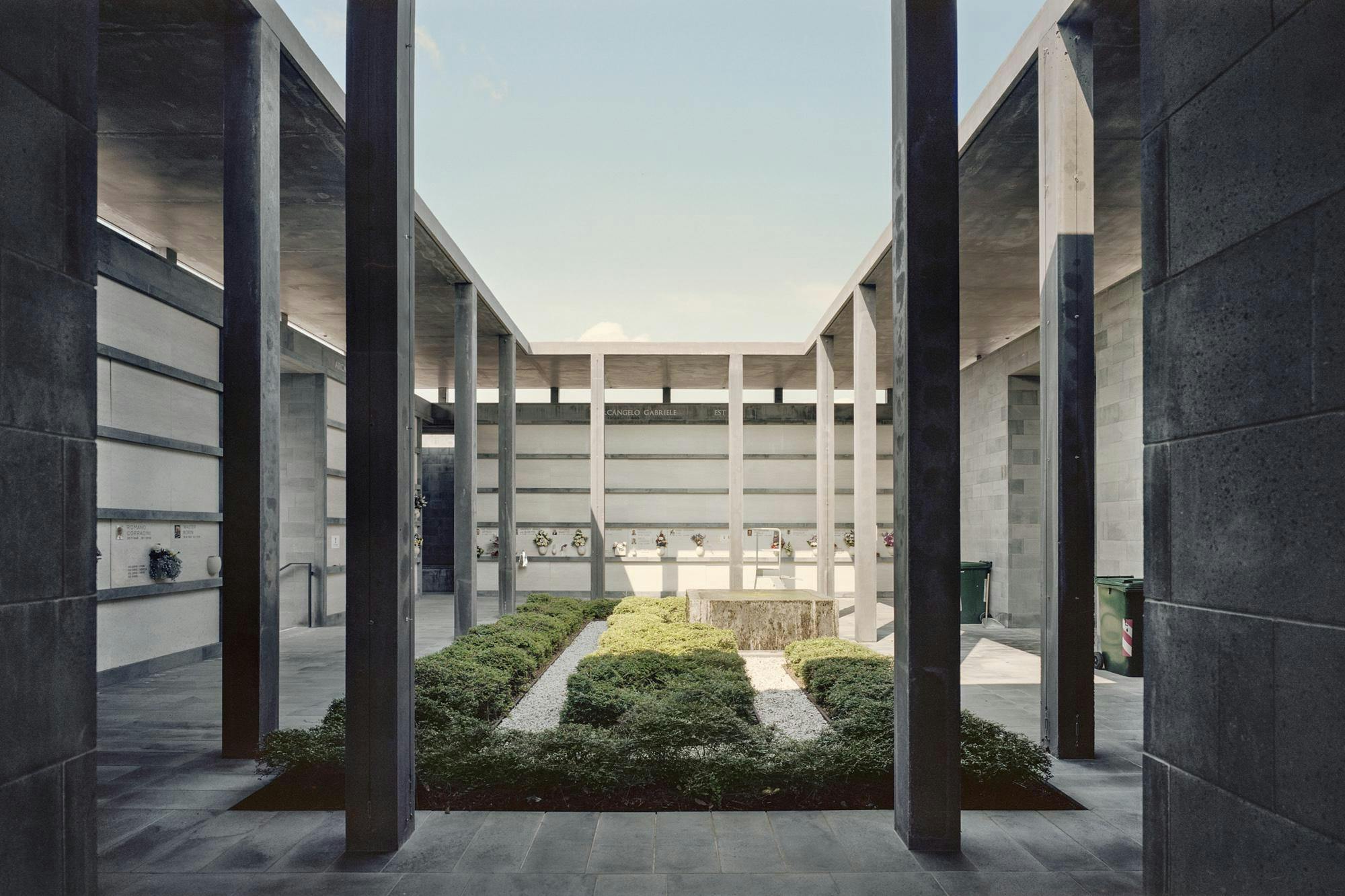
Palazzo Fortuny
Palazzo Fortuny in Venice is a 15th-century Gothic palazzo adapted in the early 20th century by Mariano Fortuny as a studio, textile workshop, and private museum
Located in the San Marco district, Palazzo Fortuny—originally known as Palazzo Pesaro degli Orfei—is a late Gothic palazzo that was repurposed in the early 20th century by Mariano Fortuny as both his residence and multidisciplinary atelier. The building now functions as a museum managed by the Fondazione Musei Civici di Venezia, retaining much of Fortuny’s spatial logic and atmospheric layering. It is one of the few palazzi in Venice where the domestic, industrial, and museographic coexist within a single architectural envelope.
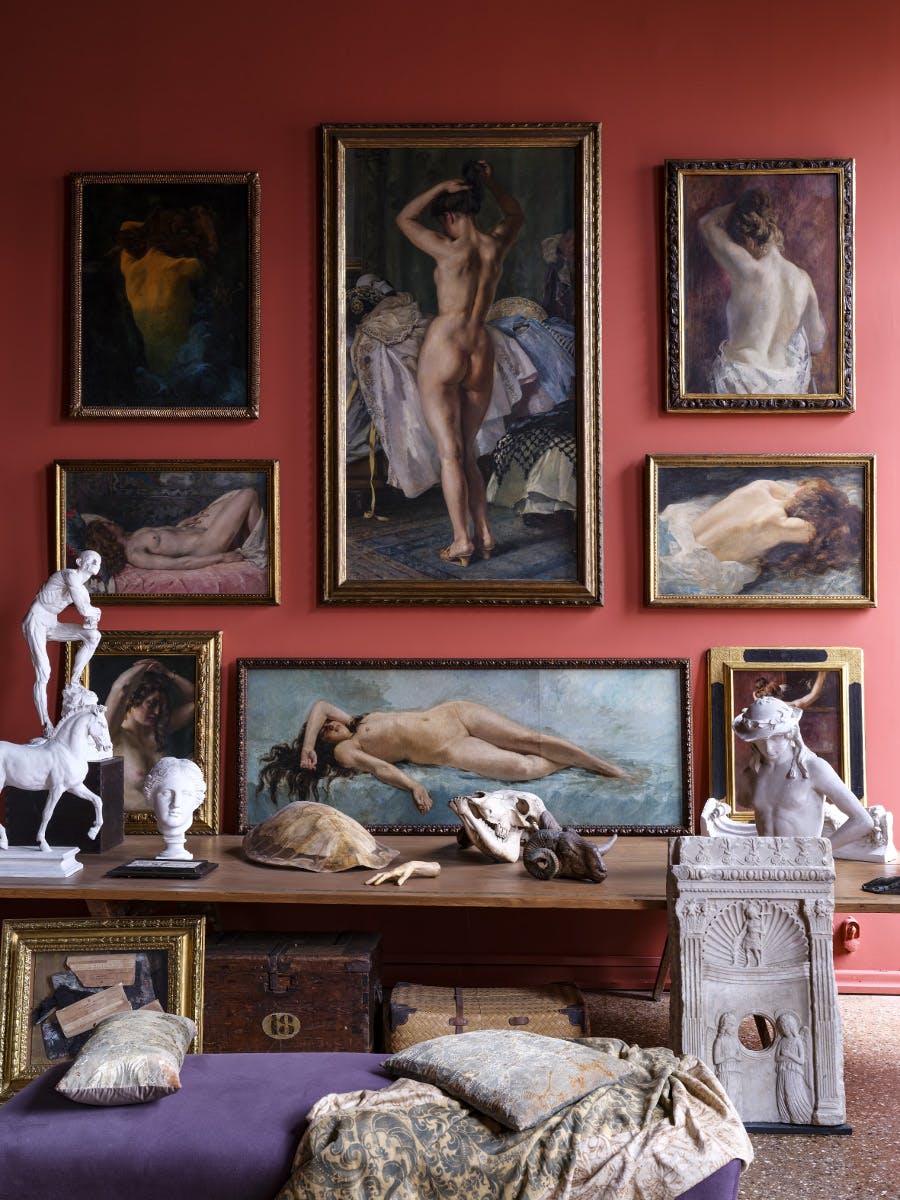
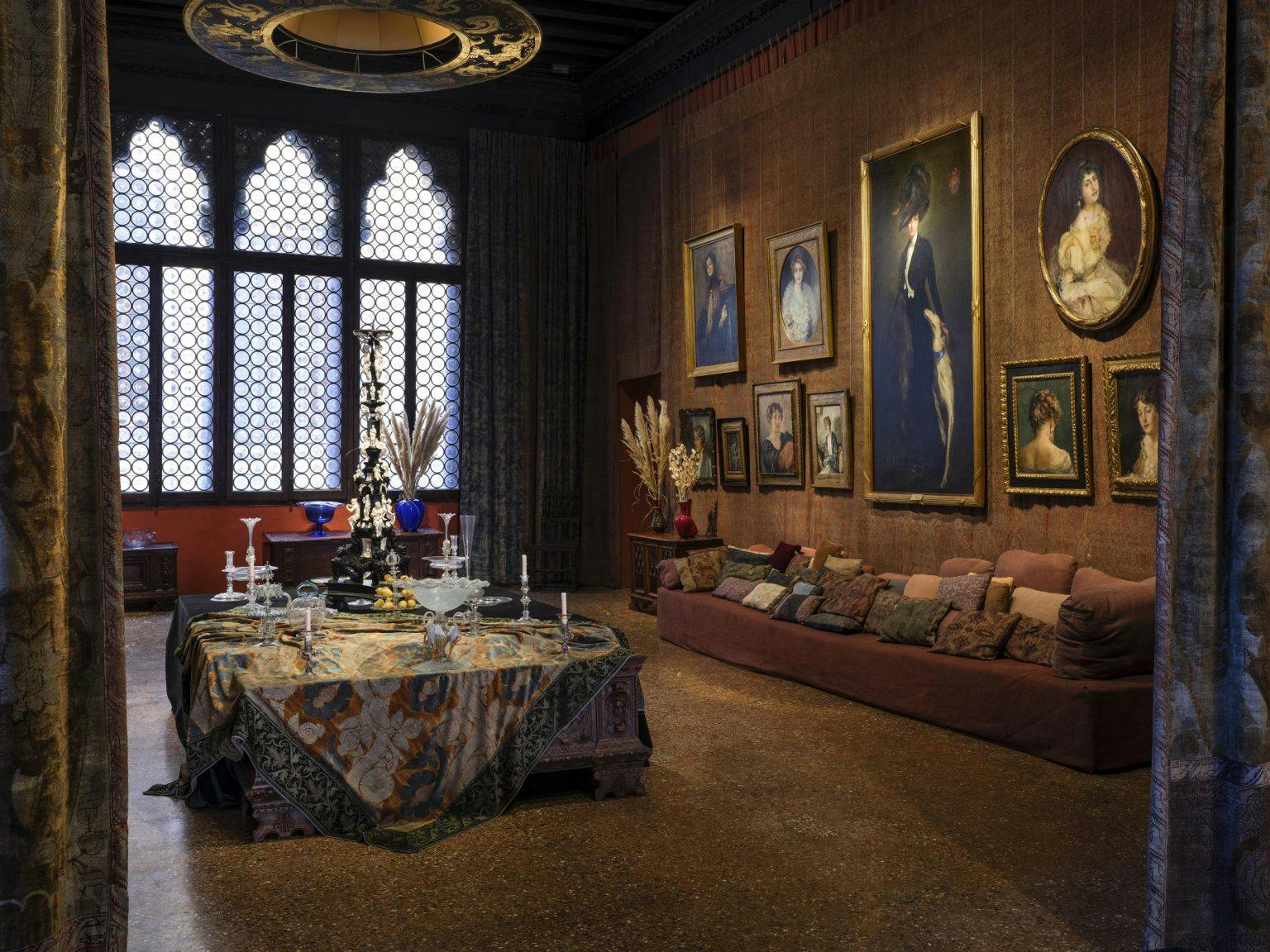
Built in the 15th century for the Pesaro family, the palazzo is characterized by its tripartite façade, pointed arches, and piano nobile with a classic Gothic loggia. Unlike other Venetian buildings that were updated to reflect Renaissance or Baroque tastes, the structure remained largely intact until Fortuny acquired it in 1898. Fortuny, a Spanish-born artist and inventor, adapted the building to serve his various practices—including painting, photography, and textile design. His interventions were more infrastructural than decorative, focused on light control, storage systems, and the integration of studio functions into the fabric of the palazzo.
The most significant spatial shift occurred in the piano nobile, which Fortuny converted into a hybrid space used for work, display, and private exhibitions. The existing proportions of the Gothic interiors—tall ceilings, narrow windows, open trusses—were adapted with suspended lighting rigs, movable partitions, and modular textile racks. The walls were left dark, layered with velvet and damask panels, creating a deliberately absorptive atmosphere for viewing both paintings and fabric prototypes. The resulting effect is closer to a laboratory or scenographic environment than a formal gallery.
Much of the building’s infrastructure remains visible, including early electric lighting systems and pulley-operated hanging devices that Fortuny designed himself. After his death in 1949, the contents of the house were gradually transferred to the city, and the palazzo was opened to the public. Unlike other house museums that have been re-staged or curated around biography, Palazzo Fortuny preserves the spatial ambiguity of a live-in workspace. It remains an architectural document of Fortuny’s production methods, offering rare insight into the overlap between artistic process and domestic architecture in early 20th-century Venice.
